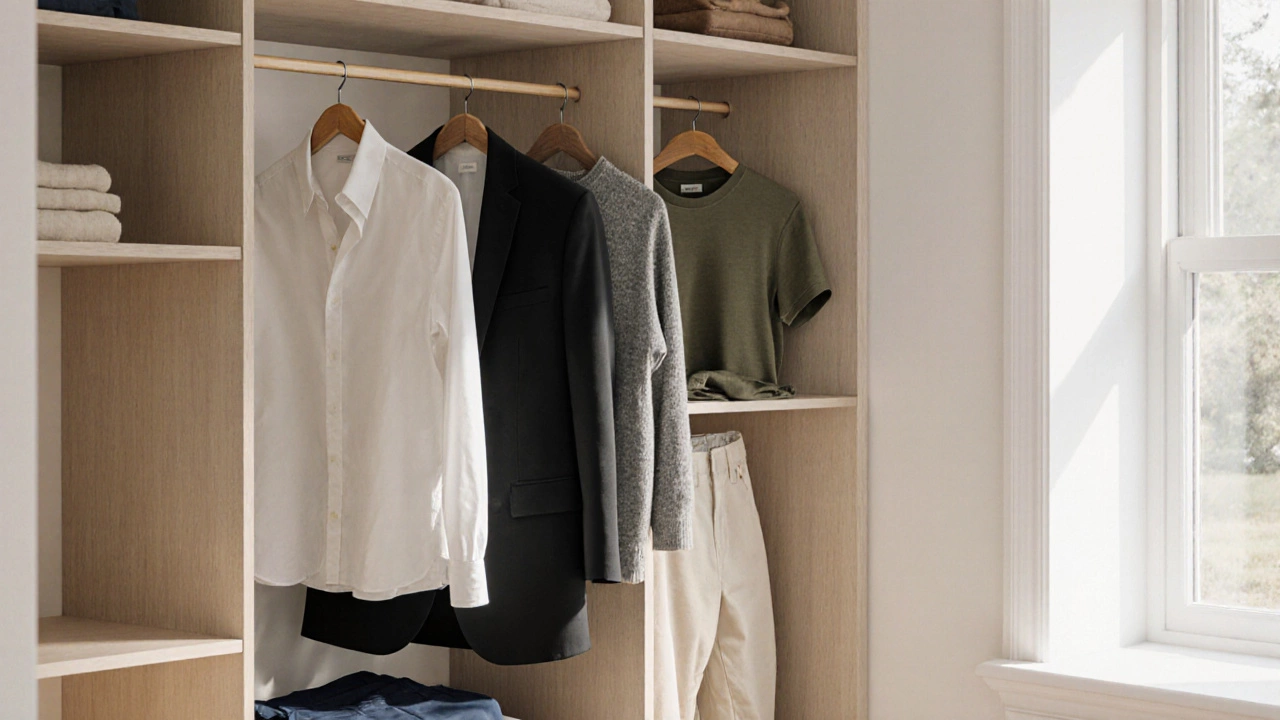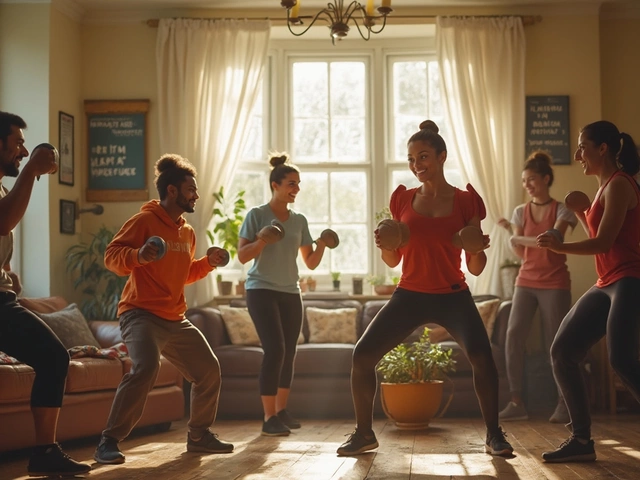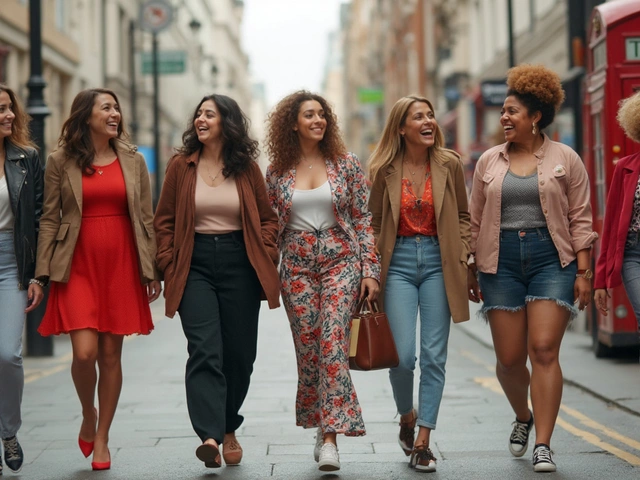Minimalist Color Palette Builder
Create Your Palette
Select your base neutral color first, then add up to two accent colors for minimalist-friendly combinations.
Color Palette Guide
See which combinations work best for minimalist fashion. Neutral colors form the base, with accents used sparingly.
Core Neutrals
Recommended Accents
What to Avoid
Palette Analysis
How to Use This Palette
Ever wondered which shades dominate a minimalist’s closet? The answer isn’t a single hue but a thoughtful mix of neutrals, earth tones, and occasional accents that keep a wardrobe streamlined yet expressive. In this guide we’ll break down the color philosophy behind Minimalist fashion a style that prioritizes simplicity, functionality, and a restrained palette, show you how to build a capsule wardrobe around those tones, and give real‑world outfit ideas you can start wearing tomorrow.
Key Takeaways
- Minimalist wardrobes revolve around a core palette of neutrals: white, black, gray, navy, beige, and muted earth tones.
- Capsule pieces in these colors can be mixed endlessly, reducing decision fatigue.
- Accent colors are okay when used sparingly - think a single muted rust scarf or a soft olive shirt.
- Sustainable fabrics (organic cotton, Tencel, linen) complement the minimalist ethos by offering durability and timeless appeal.
- Follow a simple three‑step process to audit, edit, and expand your wardrobe without breaking the minimal aesthetic.
What Minimalist Fashion Really Means
At its heart, Minimalist fashion is less about restricting self‑expression and more about removing visual clutter. It aligns with the broader Minimalist lifestyle, where the focus is on intentional living, quality over quantity, and reducing decision overload. When you apply that mindset to clothing, the result is a refined collection that feels cohesive every time you open the closet.
The Core Color Philosophy: Neutral Colors
Neutral colors are the backbone of any minimalist wardrobe. They’re versatile, timeless, and easy to pair. Here’s a quick rundown of the main neutrals and why they work:
- White - bright, clean, and perfect for summer pieces.
- Black - instantly sleek, great for evenings and layering.
- Gray - a softer alternative to black; works well in both casual and formal settings.
- Navy - offers depth without the harshness of black; ideal for workwear.
- Beige / Tan - adds warmth and pairs beautifully with earth tones.
- Muted earth tones (olive, rust, clay) - give a natural feel while staying subdued.
These shades form the Neutral colors palette that lets you create dozens of outfits from a handful of pieces.
Building Your Capsule Wardrobe Around These Hues
Think of a capsule wardrobe as a curated set of interchangeable pieces. Follow these steps to assemble one that reflects minimalist color principles:
- Audit your current closet. Pull out every item and sort into three piles: keep, donate, or discard. Keep only items that match the neutral palette or can be easily neutralized with a simple dye.
- Identify wardrobe staples. Aim for 10‑12 core pieces: 2 T‑shirts, 2 button‑downs, 1 blazer, 1 sweater, 1 pair of trousers, 1 pair of jeans, 1 skirt (if desired), 1 dress, and 2 pairs of shoes. Each should be in a neutral color.
- Introduce adaptable accessories. A leather bag in tan, a black belt, and a pair of minimalist sneakers in white can pull together any outfit.
- Plan for seasonal swaps. Replace a few items each season (e.g., a lightweight linen shirt for summer) while keeping the overall palette intact.
By anchoring your capsule in neutrals, you’ll find that each new piece feels like a natural extension, not a clash.
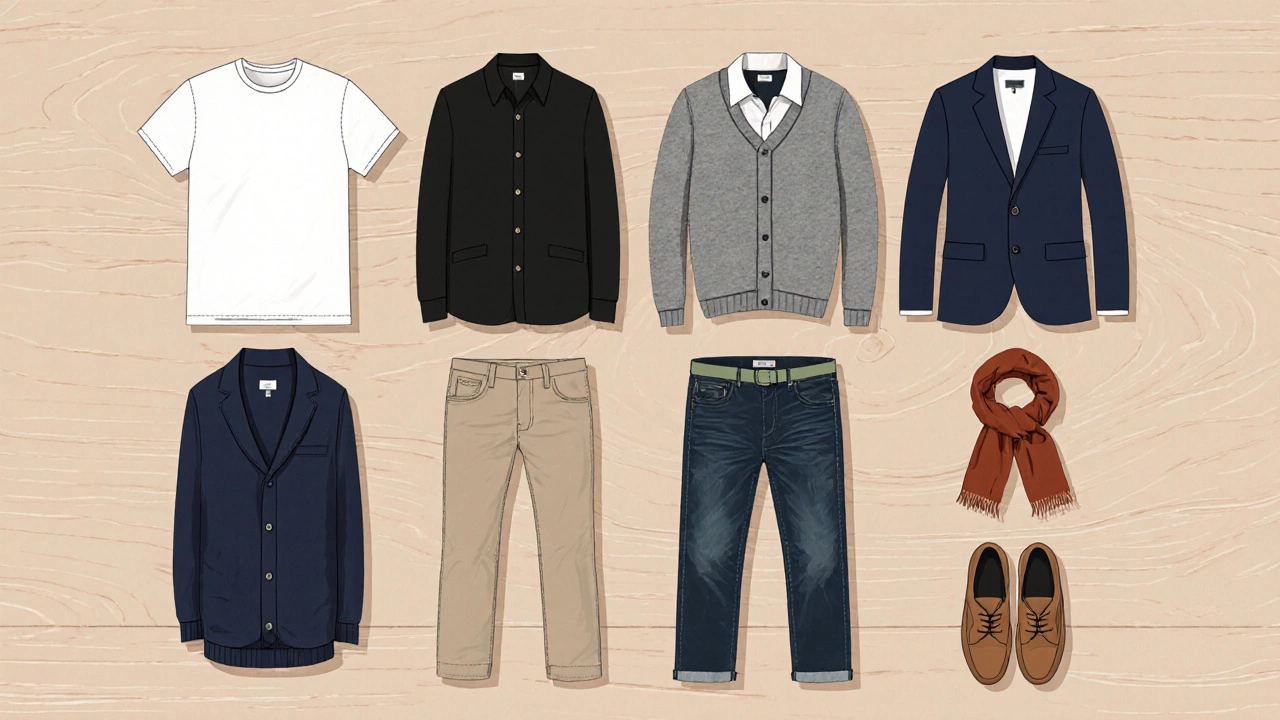
Adding Accent Colors Without Breaking Minimalism
Pure monochrome can feel a bit stark after a while, so most minimalists incorporate one or two muted accent colors. The trick is to keep them low‑key and limited to a single item per outfit.
- Choose one accent per season. For autumn, think warm rust or mustard; for spring, soft sage or muted lavender.
- Limit the volume. A single scarf, a subtle belt, or a pair of shoes can serve as the accent.
- Match the tone. Accent hues should still feel muted enough to blend with neutrals - avoid neon or overly saturated shades.
When done right, an accent adds visual interest while preserving the calm, cohesive feel of minimalist fashion.
Common Mistakes and How to Avoid Over‑Coloring
Even seasoned minimalists can slip into pitfalls that dilute the aesthetic:
- Too many bright pieces. A wardrobe overloaded with bold prints defeats the purpose of a streamlined look. Keep bright items to less than 10% of your total closet.
- Mixing clashing neutrals. Pairing navy with a bright orange skirt creates visual dissonance. Stick to analogous neutrals (e.g., gray with charcoal) for a seamless transition.
- Ignoring fabric quality. Low‑quality fabrics wear out fast, leading to frequent replacements that break the ‘less is more’ rule.
By staying mindful of these errors, you’ll maintain a wardrobe that feels intentional and sustainable.
Real‑World Outfit Ideas
Here are five complete looks that showcase the minimalist palette in action. Each outfit uses no more than three colors, proving how versatile neutrals truly are.
- Workday:** White button‑down, navy trousers, gray blazer, black loafers.*
- Casual Saturday:** Olive tee, beige chinos, white canvas sneakers.*
- Evening Out:** Black slip dress, rust leather belt, black ankle boots.*
- Travel Ready:** Gray t‑shirt, tan utility jacket, dark denim, navy backpack.*
- Weekend Market:** Cream knit sweater, rust scarf, light gray jeans, brown leather sandals.*
Notice how each outfit can be mixed with another - the white shirt from look 1 pairs perfectly with the beige chinos from look 2, for example.
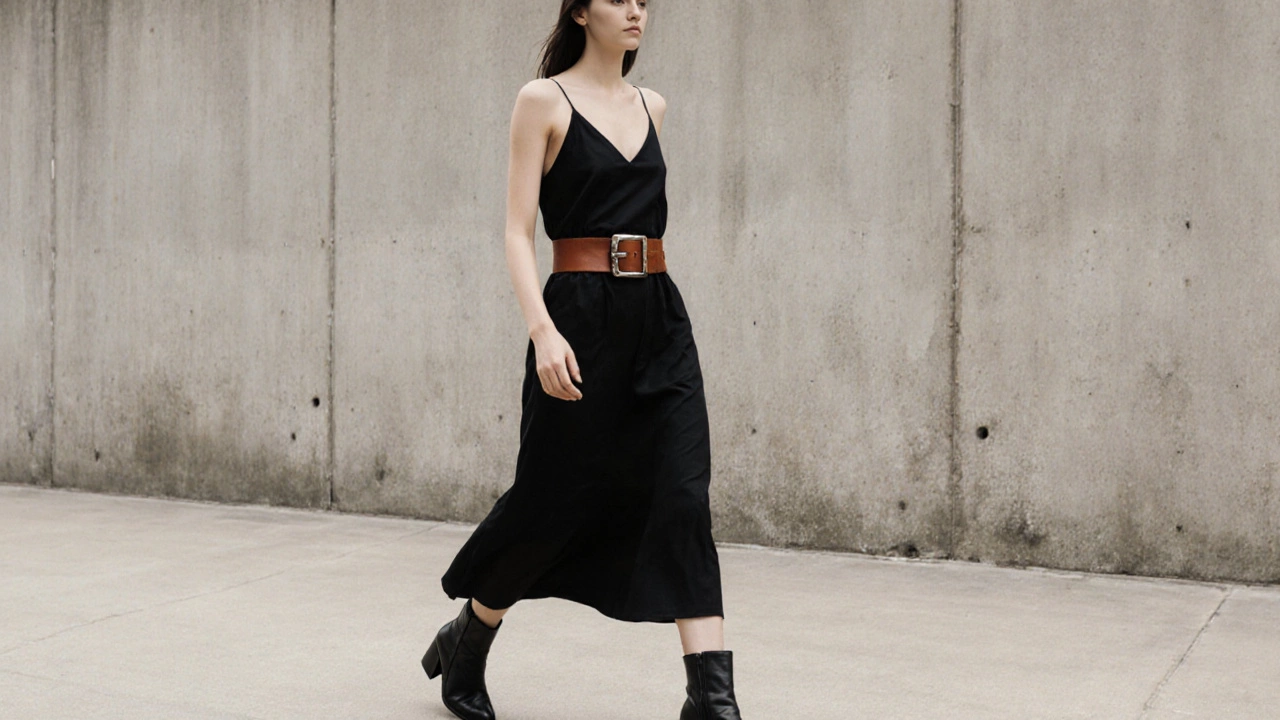
Comparison: Neutral vs. Accent Options
| Aspect | Neutral Colors | Accent Colors |
|---|---|---|
| Typical Use | Base pieces (t‑shirts, trousers, outerwear) | Single items (scarf, belt, shoes) |
| Visual Impact | Subtle, harmonious | Focused, adds interest |
| Seasonal Flexibility | Year‑round | Swapped each season |
| Compatibility | Mixes with all other neutrals | Works best with complementary neutrals |
| Examples | White, black, gray, navy, beige | Muted rust, sage green, soft lavender |
If you want to master minimalist fashion colors, focus first on building a solid neutral foundation before adding any accent.
Next Steps and Troubleshooting
Stuck after the audit? Here are quick fixes:
- Too many items left? Choose a “one‑in‑one‑out” rule: for every new piece, donate one you already own.
- Can’t find neutral shades? Look for natural fibers - untreated linen and organic cotton often comes in subdued tones.
- Accent feels too loud? Desaturate it with a neutral base; a muted rust sweater looks refined over a gray shirt.
Remember, minimalism is a practice, not a perfection. Adjust as your lifestyle evolves and enjoy the simplicity each morning when you open a tidy closet.
Frequently Asked Questions
Do minimalists only wear black and white?
No. While black and white are staple neutrals, minimalists also embrace gray, navy, beige, and muted earth tones. The key is consistency and a limited palette.
How many colors should I have in my capsule wardrobe?
Aim for 3‑5 core neutrals and 1‑2 accent hues per season. This gives you flexibility without overwhelming the minimalist look.
Can I wear bold patterns as a minimalist?
Patterns are okay if they’re subtle and in neutral colors-think a thin gray pinstripe on a white shirt. Loud prints clash with the ethos of simplicity.
What fabrics support minimalist fashion?
Natural, durable fabrics like organic cotton, Tencel, linen, and responsibly sourced wool align with minimalist values because they last longer and age gracefully.
How often should I refresh my minimalist wardrobe?
A good rule is to reassess each season. Replace only items that are worn out or no longer fit your color strategy.
